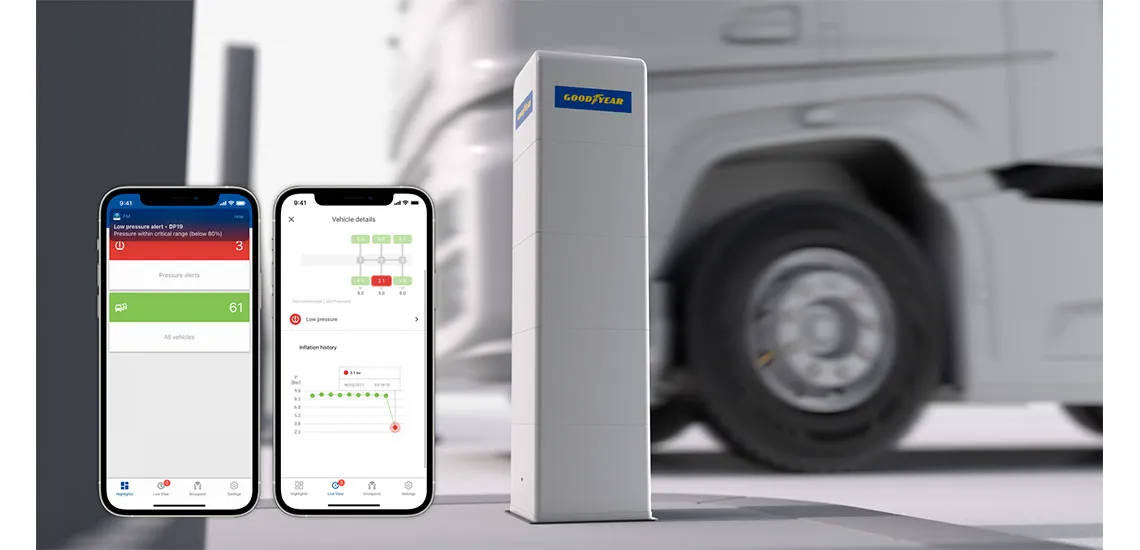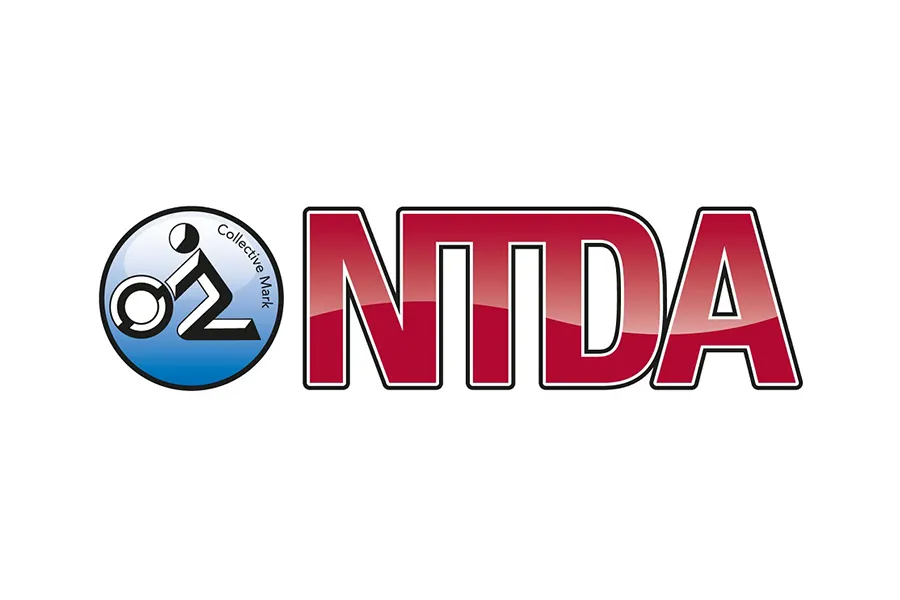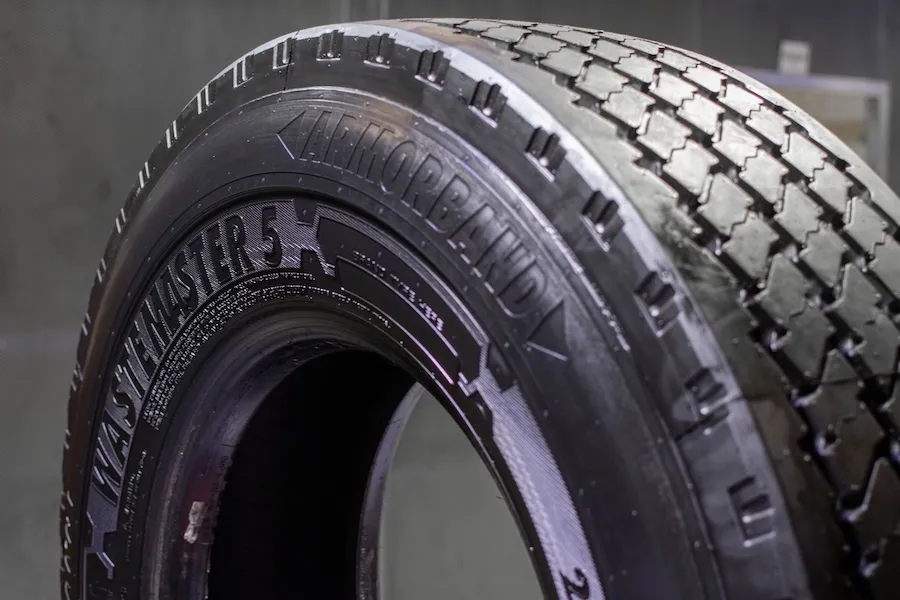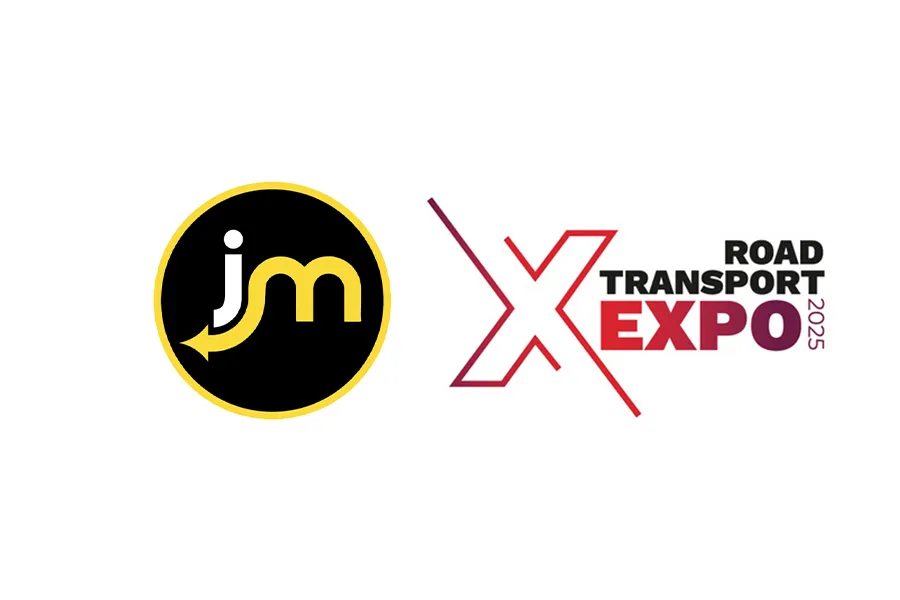As tyre pressure monitoring systems (TPMS) will become a compulsory fitment on all newly registered trucks, trailers, buses and coaches from 2024 onwards across Europe, Goodyear is preparing UK fleets which operate on European roads.
TPMS Offers Step Forward for Safety and Efficiency
Incorrectly inflated tyres wear faster and waste fuel while also adding to the risk of unexpected failure. Goodyear, therefore, recommends that operators research advanced solutions that harness the functionality of TPMS with the power of intelligent tyre management solutions. For Goodyear, its Total Mobility pa...
TPMS Offers Step Forward for Safety and Efficiency
Incorrectly inflated tyres wear faster and waste fuel while also adding to the risk of unexpected failure. Goodyear, therefore, recommends that operators research advanced solutions that harness the functionality of TPMS with the power of intelligent tyre management solutions. For Goodyear, its Total Mobility pa...








